GOO STK733 (GOO STK 733)
4.5Km 2021-03-26
101, Itaewon-ro 27-gil, Yongsan-gu, Seoul
+82-2-794-7339
It is the first steak house in Korea. This restaurant's signature menu is steak. This Western dishes restaurant is located in Yongsan-gu, Seoul.
Seongmin Yangkkochi - Seoul Nat'l Univ. Branch (성민양꼬치 서울대입구)
4.5Km 2021-03-29
38, Gwanak-ro 16-gil, Gwanak-gu, Seoul
+82-2-888-8665
It has a large space, so it is a good place for meetings. The best menu at this restaurant is lamb skewers. This Chinese (cuisine) restaurant is located in Gwanak-gu, Seoul.
Wansan Jeong (완산정)
4.5Km 2021-03-29
484, Bongcheon-ro, Gwanak-gu, Seoul
+82-2-878-3400
A restaurant where you can enjoy refreshing bean sprout hangover soup. This Korean dishes restaurant is located in Gwanak-gu, Seoul. The most famous menu is bean sprout hangover soup.
Gimbap Nara (김밥나라)
4.5Km 2021-03-18
53, Hangang-daero Yongsan-gu Seoul
+82-2-796-1439
This Korean cuisine is located near Yongsan Station, Seoul. The representative menu is gimbap. You can eat a variety of Korean dishes served fast without hurting your wallet.
Bicena (비채나)
4.6Km 2025-05-16
81F, 300 , Olympic-ro, Songpa-gu, Seoul
Bicena provides tasty Korean cuisine available only in Korea in a refined interior.
Sushi Hyo Cheongdam (스시효 청담)
4.6Km 2025-05-15
25, Seolleung-ro 146-gil, Gangnam-gu, Seoul
Taco Chilichili (타코칠리칠리)
4.6Km 2021-10-06
218, Noksapyeong-daero, Yongsan-gu, Seoul
+82-2-797-7219
Taco Chilichili serves high-quality taco dishes that are simple, delicious, and reasonably priced. Although food at the restaurant differs somewhat from traditional Mexican cuisine, the quesadillas, and rice-filled burritos are still delicious.
Indoor dining areas are located on the first and second floors of the restaurant; there is also an outdoor dining area on the second floor. The dining area on the first floor only has a few tables and can be noisier, but it also gives diners the unique experience of seeing their food as it is prepared. For a quieter dining experience, head up to the wider seating sections on the second floor. Both floors of the restaurant feature unique interior design that makes this restaurant stand out from others.
Museo de Arte Leeum (리움 미술관)
4.6Km 2024-08-05
Itaewon-ro 55-gil 60-16, Yongsan-gu, Seúl.
Situado sobre el monte Namsan, con vistas al río Hangang, el Museo de Arte Leeum se compone de tres espacios que representan el arte y la cultura del pasado, presente y futuro. También se encuentran el Centro de Educación y Cultura de los Niños de Samsung.
El museo también tres edificios: Museo 1, concebido por el arquitecto suizo Mario Botta según los motivos de la porcelana tradicional y dedicado al arte tradicional coreano; Museo 2, realizado por el arquitecto francés Jean Nouvel con diseños y materiales innovadores y consagrado al arte contemporáneo; y el Centro de Educación y Cultura de los Niños, concebido por el arquitecto holandés Rem Koolhaas. Así, estos tres edificios, construidos con diversos materiales y técnicas innovadoras representan los diferentes estilos de cada arquitecto, están dotados en sí mismos de valores artísticos.
Si el Museo 1 muestra la belleza de la porcelana coreana con telas que simbolizan la tierra y el fuego, el Museo 2 utiliza aceros oxidados y cristales por primera vez en el mundo. El Centro de Educación y Cultura de los Niños, que parece flotar en el aire al utilizar hormigón negro, representa un espacio futurista. En el Museo 1 se exponen obras representantes del arte tradicional coreano. La sala de exposiciones permanente presenta cerca de 120 piezas representativas de la colección del museo sobre cuatro pisos, y se compone de diferentes secciones: Goryeo Cheongja (celadón azul de la dinastía Goryeo), Buncheongsagi y Baekja (porcelana blanca) de la dinastía Joseon, pinturas, caligrafías, arte budista y artesanía del metal. La colección del museo está considerada como la mejor de Corea tanto por su calidad como por su cantidad.
El Museo 2 alberga alrededor de 70 obras, que recogen obras representantes del arte del país desde 1910 y las del arte contemporáneo de otros países desde 1945. Entre estas obras se encuentran las de artistas que abrieron nuevos horizontes al arte moderno: Alberto Giacometti, Francis Bacon, Mark Rothko, Joseph Beuys y Andy Warhol. Usted podrá encontrar también obras de artistas que forman parte de las corrientes principales del arte contemporáneo como Damien Hirst o Mattew Barney. El museo gestiona también un instituto de conservación y de archivos de arte coreano con el fin de restaurar el patrimonio del país.
Passion 5 (패션5)
4.6Km 2020-02-26
272, Itaewon-ro, Yongsan-gu, Seoul
+82-2-2071-9505
Passion 5 is located near Hangangjin Station in Hannam-dong and is a premium dessert café & gallery launched by SPC Group. The Passion 5 bakery brings a whole new culture of after-dining, providing customers with a diverse selection of delicious desserts including hand-made chocolates and puddings. Visitors can enjoy their treats in a gallery atmosphere.
The name Passion 5 comes from the combining of five elements: the bakery, patisserie, chocolates and café. The final element is the passion of those who create the desserts. The desserts are exquisitely designed and each element has its own unique atmosphere. In addition to the wonderful items from the bakery, there are usually 300 to 400 dessert items to choose from including cakes, puddings and chocolates.
Parque Nakseongdae del Monte Gwanaksan (관악산 낙성대공원)
4.6Km 2021-07-16
Nakseongdae-ro 77, Gwanak-gu, Seúl.
+82-2-879-6525
El Parque Nakseongdae fue construido como tributo al General Kang Gamchan (948-1031) de la dinastía Goryeo. En 1973, el Gobierno Metropolitano de Seúl reogranizó el lugar de nacimiento del general, que dio como resultado algunas modificaciones en el parque. Además de la contrucción del santuario Anguksa y edificios anexos en el parque, la pagoda de tres plantas fue movida al lado del santuario, y un monumento de 2 metros fue erigido en su localización original para marcar el significado histórico del lugar.
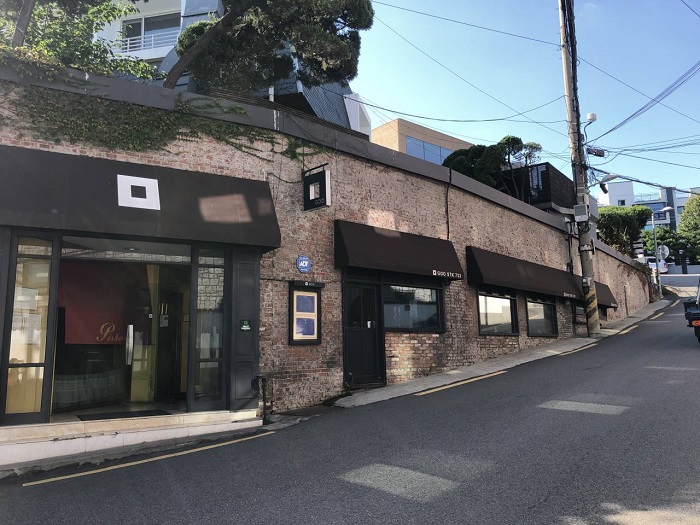
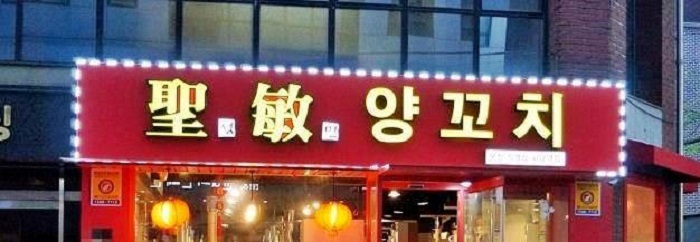
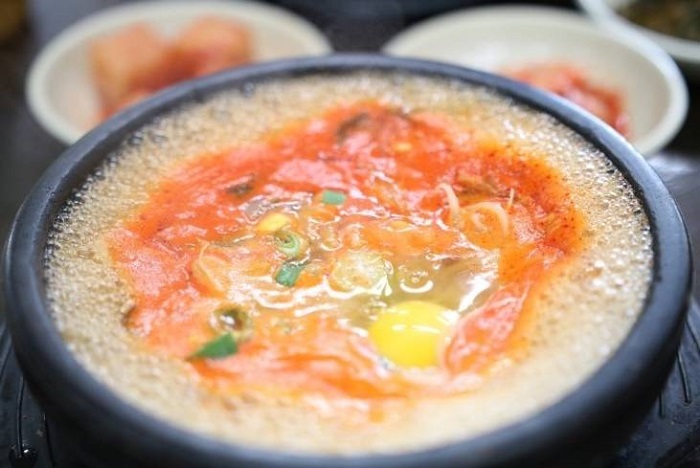
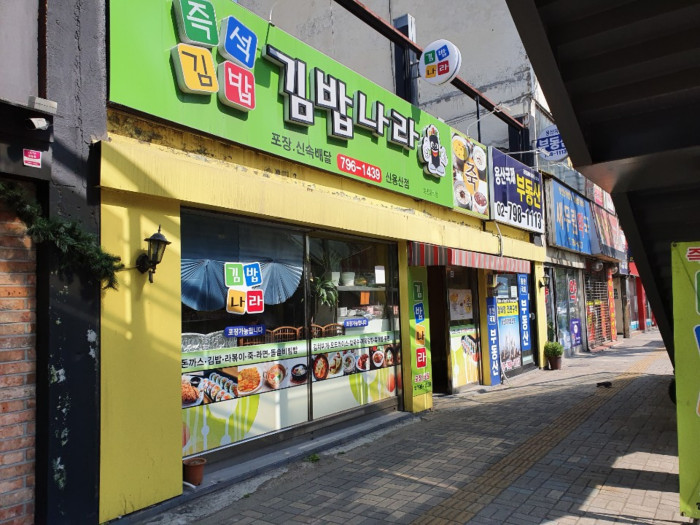

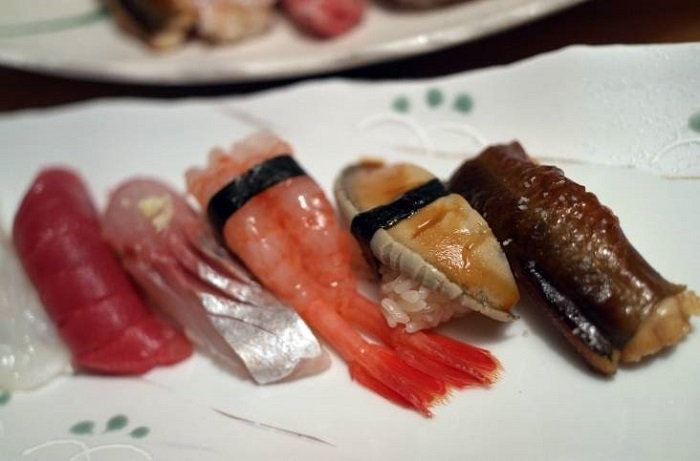
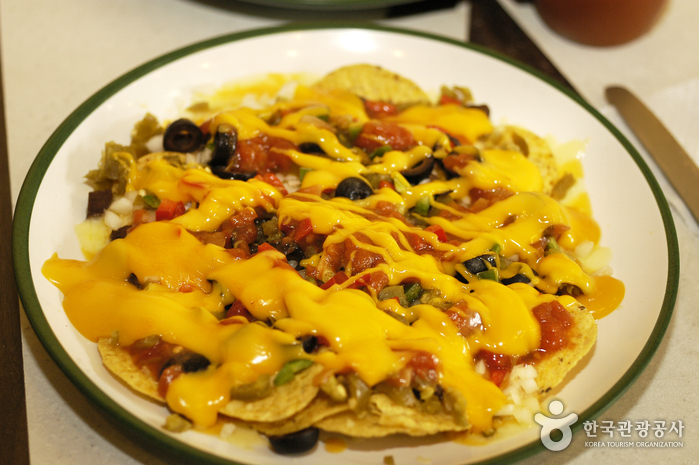
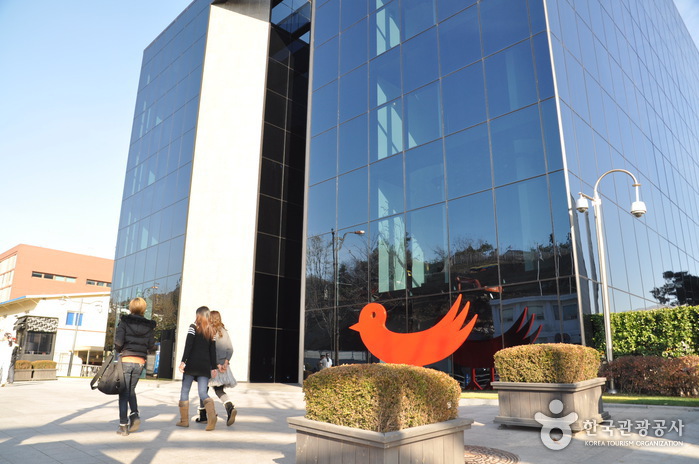
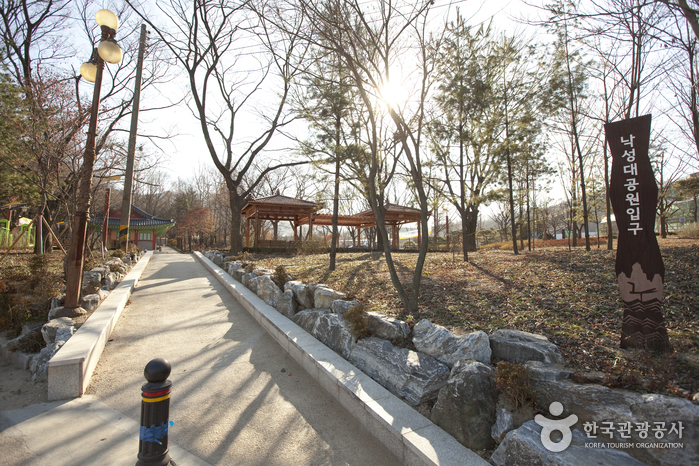
 Español
Español
 한국어
한국어 English
English 日本語
日本語 中文(简体)
中文(简体) Deutsch
Deutsch Français
Français Русский
Русский